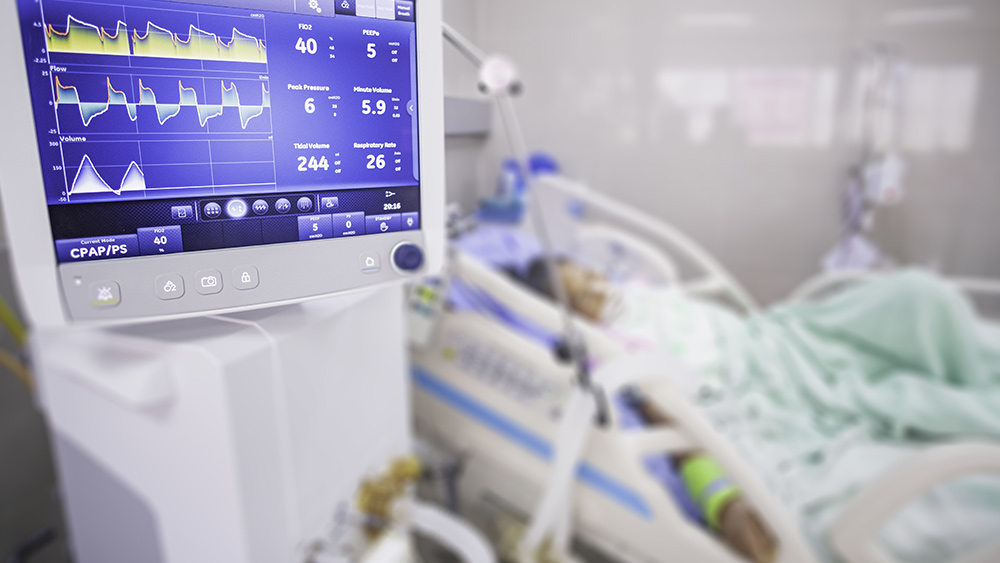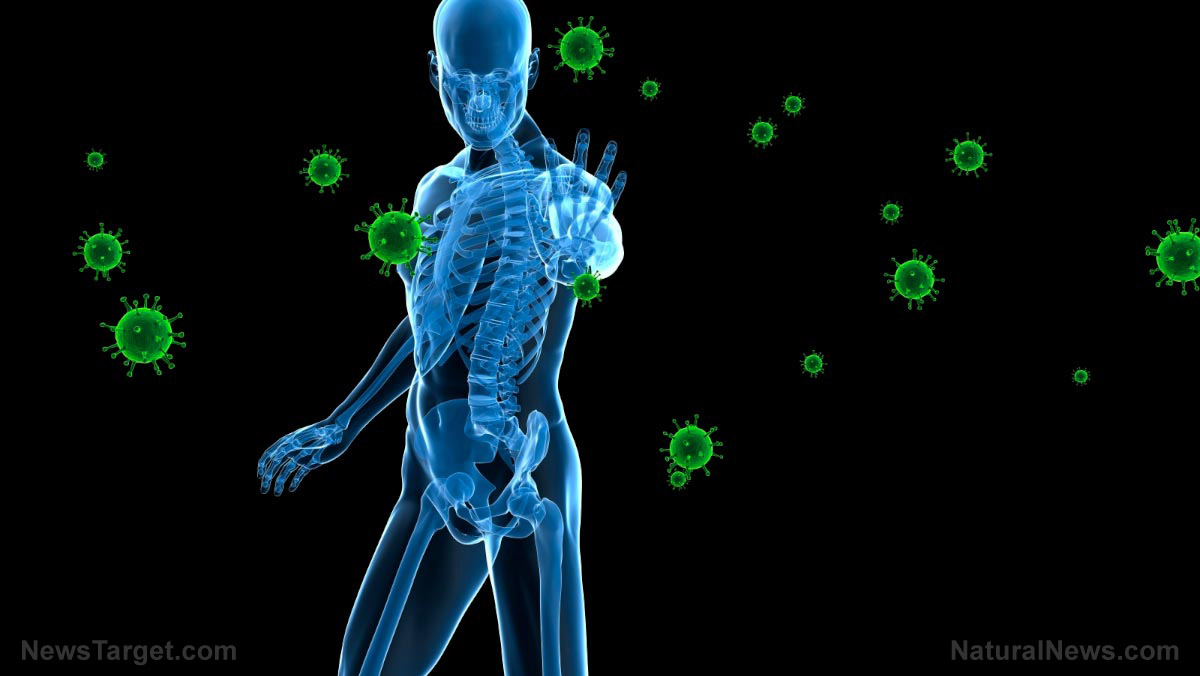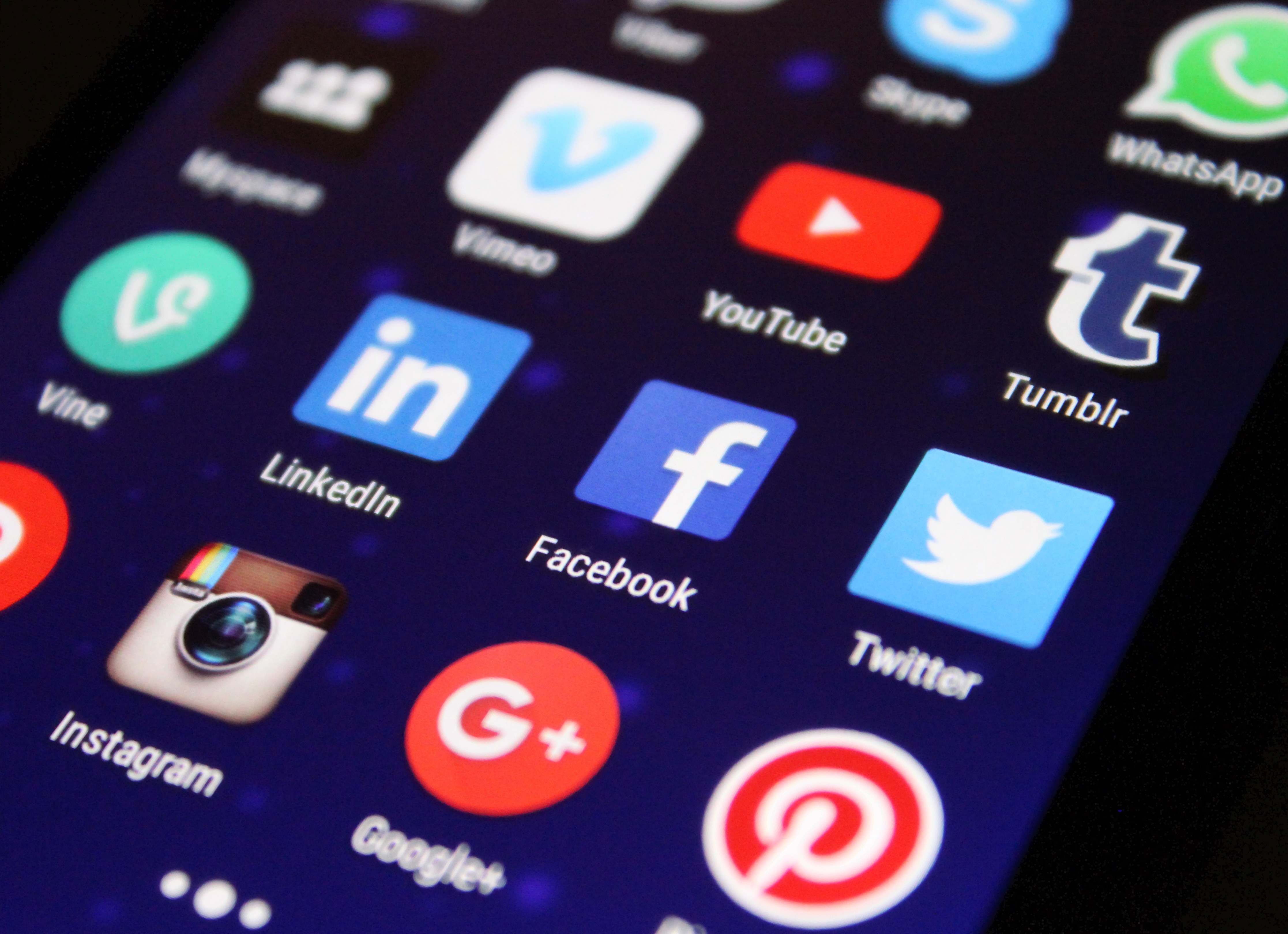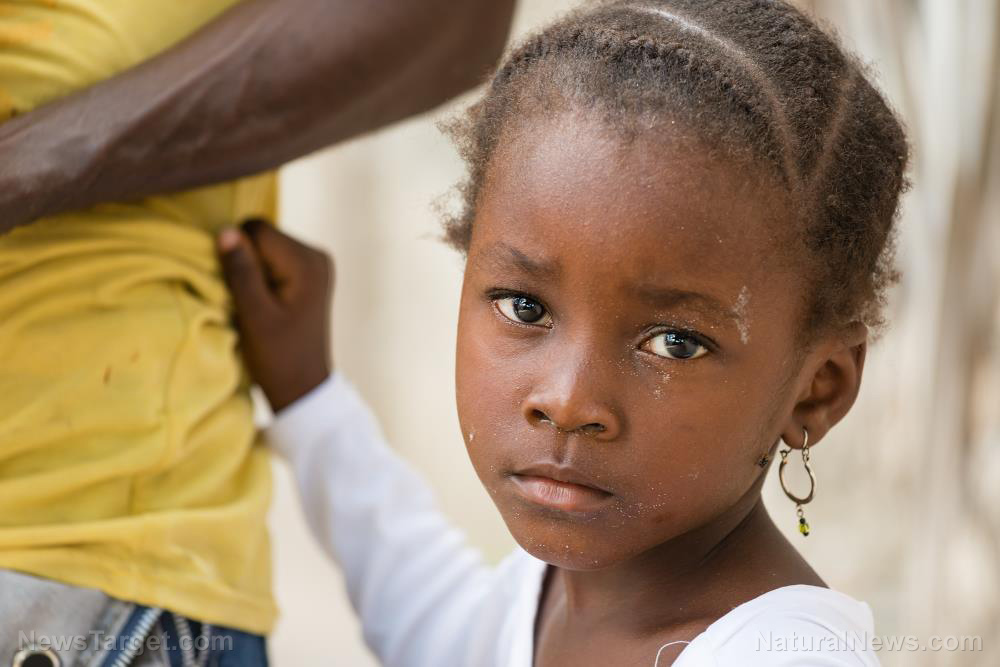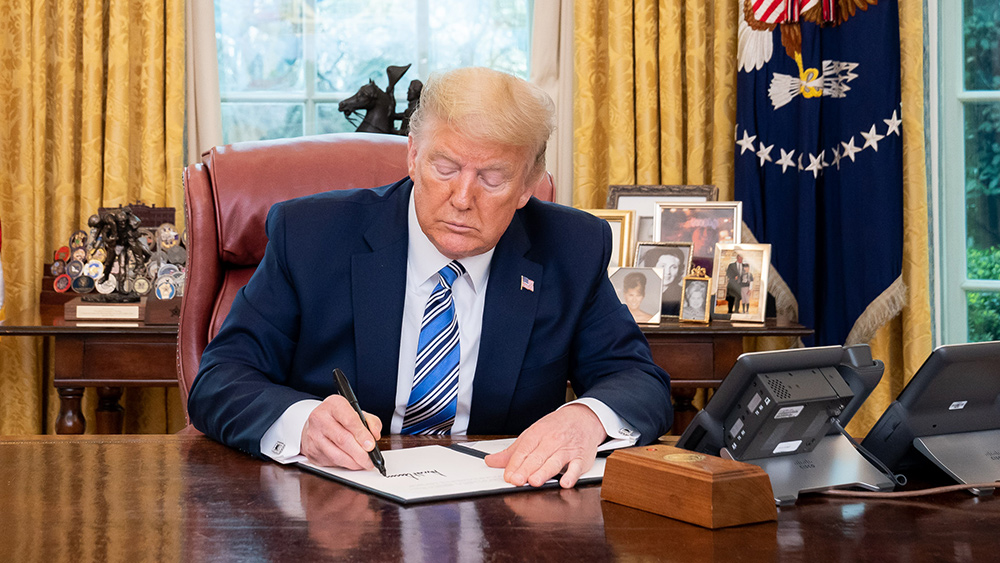
Conley’s memo stated that lab tests on the president performed Oct. 5, “demonstrated detectable levels of SARS-CoV-2 IgG antibodies” compared to “undetectable levels” from Oct. 1. The presence of antibodies means that Trump’s immune system is fighting the pathogen, but more tests are needed to determine if the president can still infect others.
Sean Lin, former lab director of Walter Reed Army Institute of Research's viral disease branch, said: “Having IgG [antibodies] against SARS-CoV-2 is a good sign that his body is able to mount effective immune response against the virus.” While it is not clear whether the current level of antibodies provides a strong level of protection, Lin said that “it is a good sign towards recovery.”
Trump announced on Twitter Oct. 1 that he and First Lady Melania Trump tested positive for the coronavirus. The next day, the First Couple was transferred to Walter Reed National Military Medical Center for treatment and subsequently discharged Oct. 5 after doctors administered treatments.
The president received several medications for COVID-19 symptoms during his stay at Walter Reed – such as antiviral drug remdesivir, steroid dexamethasone, zinc, famotidine and aspirin. He also took a “polyclonal antibody cocktail” from Regeneron Pharmaceuticals to help boost his immune system. (Related: Trump credits Big Pharma for “miraculous” recovery, completely neglects to mention zinc and vitamin D he was taking.)
The memo stated that Trump's physical examinations and vital signs, including oxygen saturation and respiratory rate, were “stable and in normal range.” Furthermore, it added that he no longer needed or received any supplemental oxygen ever since his transfer to and discharge from Walter Reed.
Dr. David Samadi of St. Francis Hospital said the treatments given to Trump early on played a role in his speedy recovery. He added: “Early diagnosis [and] intervention is absolutely the key for anything. Same rules apply for [COVID-19].”
The White House preparing health protocols and tracing Trump’s past contacts
White House Chief of Staff Mark Meadows said Oct. 7 that Trump continues to work from home. “He’s in very good health, we’re pleased with his progress,” he said.
Meadows outlined several health protocols being put in place for when the president decides to return to the Oval Office.
“We've got a number of safety protocols – with masks, goggles and the like – for any direct interaction with the president. We continue to have a number of areas where we have disinfectants for hard surfaces and the like.” Aside from these, Meadows noted that social distancing measures and testing “on a daily basis” were also in place.
In addition, the White House chief of staff said contact tracing procedures had been carried out to determine people who have interacted with the First Couple. At least 11 other individuals within the president and first lady’s proximity, including those who attended events with them, have tested positive for the coronavirus as of writing.
However, Meadows clarified that based on contact tracing, coronavirus infections among Trump cabinet members did not stem from a Sept. 26 event in the Rose Garden – where the president nominated Judge Amy Coney Barrett as his next Supreme Court pick.
Trump, who felt “better … than 20 years ago,” immediately resumed his presidential duties – declassifying a number of espionage records from his predecessor and even expressing his readiness to face Democratic presidential candidate Joe Biden in the second presidential debate scheduled Oct. 15.
Not even a coronavirus infection is able to stop Donald Trump in his goal to make America great again.
Sources include:
Please contact us for more information.
















